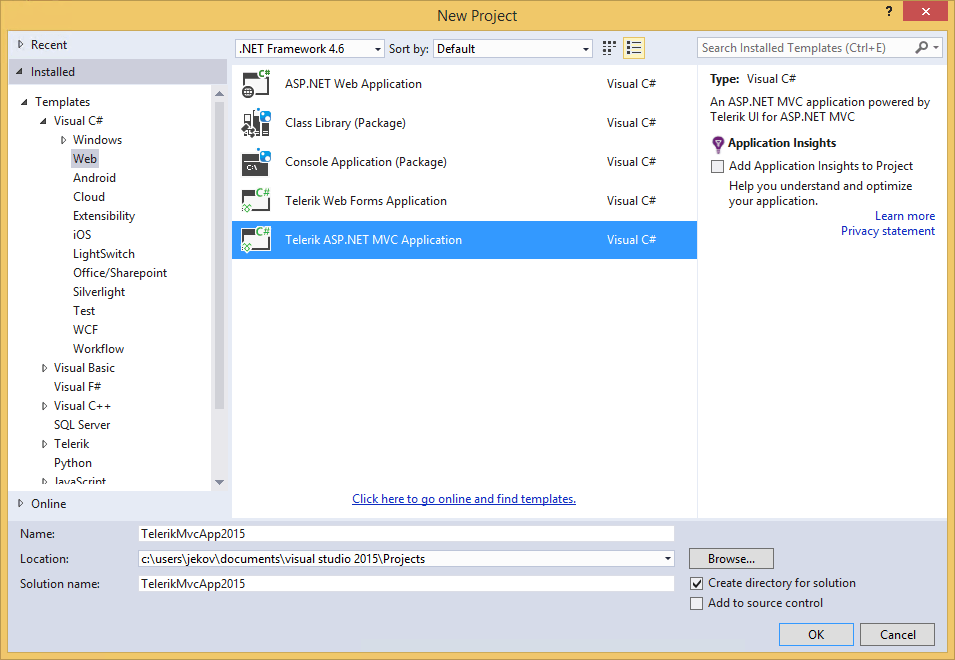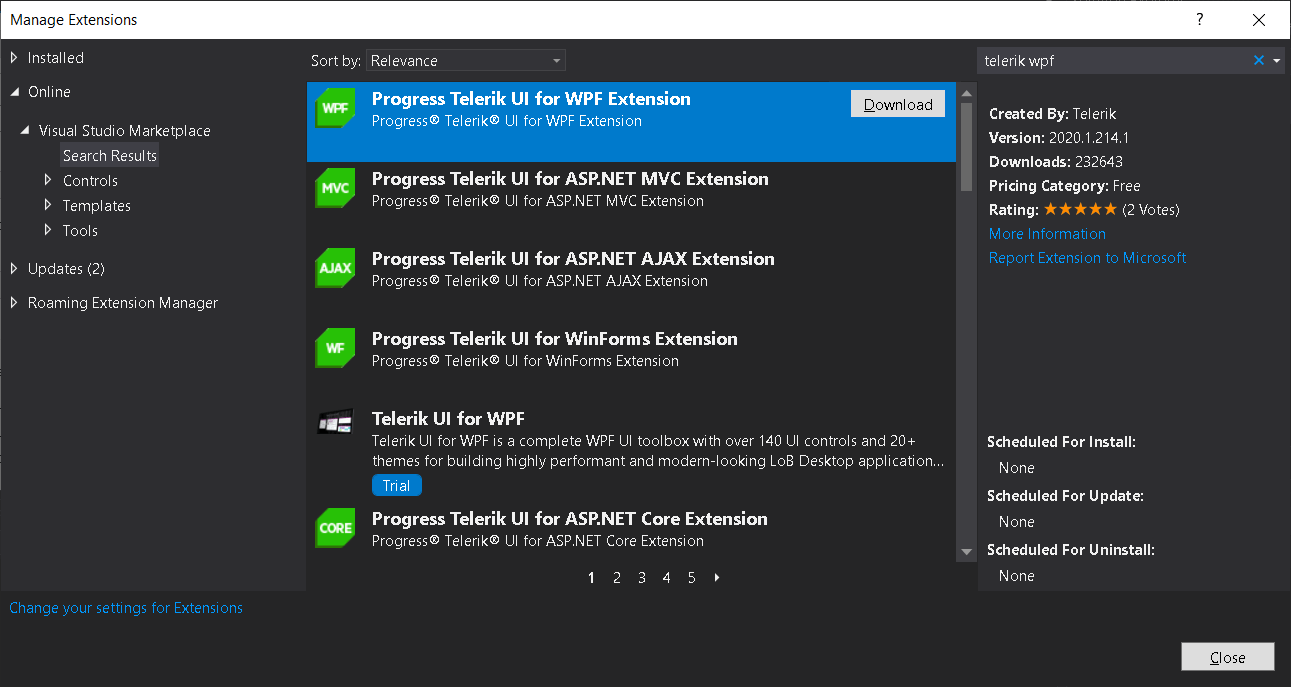
Regarding their type, visibility and default values.įield objects – data-bound fields are converted to Telerik Reporting TextBox instances with their respective database field expressions, preserving the formatting. Report parameters – if the data command used in Crystal report has parameters, they will be converted as report parameters, Select * from statement for the SqlDataSource instance's CommandText property. If the data connection used in the source report does not have dedicated command or stored procedure, the converter will generate a The converter creates a new SQLDataSource instanceįor each command created in Database Expert and sets its attributes like connection string, command text and parameters. The group headers and footers are converted into group sections in Telerik Reporting.ĭata connections – the supported connection types are OLEDB and ODBC. The visibility and suppression of the sections is not converted. Report structure - the header, footer and details report sections are converted to their exact equivalents in Telerik Reporting. The specific object properties are listed below: The size, location and styling of each CR object are converted as close as possible to the original. Which makes the complete conversion unattainable. NET model classes that represent the native Crystal Reports objects often do not expose all the properties of its underlying objects, The converter iterates through all the items in a Crystal Report (CR) instance and tries to map each report object to its corresponding item in Telerik Reporting. The conversion process is started through the Import Report Wizard. The assembly version can be obtained either from the assembly subfolder name, or by using theĭuring the conversion process the engine outputs warnings and information messages for the converted items in the Summary page.Īfter reviewing the messages, the produced report can be edited further to achieve the desired functionality. Search the GAC for assemblies named or. %windir%\Microsoft.NET\assembly, and for earlier versions is %windir%\assembly. The Crystal Reports assemblies are stored in machine’s GAC (Global Assembly Cache). The binding redirects need to point to the version of Crystal Reports runtime installed on the machine. When using the Visual Studio Report Designer, this file is, placed in the \Common7\Ide subfolder When using the Standalone Report Designer, this file is, placed in the \Report Designer subfolder of the In order to load the Crystal Reports assemblies needed for the conversion, proper binding redirects need to be added to the configuration file of the report designer application. If the conversion will be performed through Visual Studio, then the Crystal Reports assemblies must be placed next to the devenv.exe file or in it \PrivateAssemblies folder. %PROGRAMFILES(x86)%\Progress\Telerik Reporting R3 2021\Report Designer\


If the conversion will be performed using the Standalone Report Designer, then the CrystalReports assemblies must be placed in the folder that contains the Standalone Report Designer's executable file. Usually the Crystal Reports assemblies are installed in the GAC (Global Assembly Cache), but they can also be located in a folder where they must be accessible by the application that runs the Crystal Reports Converter. These assemblies are not distributed by Telerik Reporting, but they must be available on the machine on which the converter runs. The converter uses CrystalReports assemblies to load the report and access its elements.


 0 kommentar(er)
0 kommentar(er)
